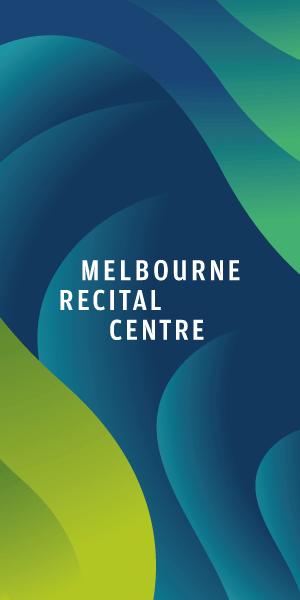Once-per-decade strategy reveals renewed vision for city
Melbourne’s CBD population will almost double and workers will increase by 50 per cent by 2040 according to a once-per-decade planning blueprint was released by the City of Melbourne in July.
The council’s Municipal Planning Strategy (MPS), last updated in 2010, includes an updated city vision that focuses on huge growth in Melbourne’s west.
Industrial and former industrial areas such as Arden, Macaulay, and Fishermans Bend will “accommodate a significant portion of the growth and change in the municipality over the next 20 years”.
It is proposed these areas will become “the new Fitzroy or Collingwood for the west of the city”.
“The growth of the municipality is now moving west, onto the lower, wetter plains,” the strategy stated.
“The urban renewal precincts of the city which are transforming from industrial areas to mixed use areas offer unparalleled opportunities to reimagine our future landscapes and built form.”
Within the Hoddle Grid, the council has forecast continual growth despite the impact of COVID-19.
The CBD’s 2020 population of 54,808 would almost double to 99,872 while worker numbers would surge from 211,826 to 309,593 despite noting that attracting workers back to the central city was a key challenge.
This was despite the fact that Premier Daniel Andrews had declared in March that he believed a shift to hybrid working was “permanent” and that he did not believe things would return to how they were pre-pandemic.
The MPS, which introduces policies that guide both land use and development decisions, did not contain any distinct revelations for the Hoddle Grid within the coming years.
Rather, it noted that the continued Queens Victoria Market Precinct Renewal (its largest ever investment) and street upgrades remained the two key moves in the area.
The report also stated that the CBD would experience ongoing growth and change as existing building stock was renewed.
“Growth will build upon its established structure and heritage assets,” the report stated.
While not introducing an entirely new vision for the future of the city, it rather consolidates the council’s already-endorsed policies (from recent years) related to planning matters, such as the Affordable Housing Strategy and the Transport Strategy 2030.
The council’s planning chair Cr Nicholas Reece said the MPS was a “once in a decade opportunity to chart a course for what Melbourne will look like in the decades ahead.”
“We’re planning out to 2040,” Cr Reece said.
The Deputy Lord Mayor said the CBD as we knew it today was the result of these planning decisions, citing liquor licensing shifts and the Postcode 3000 policy in 1980s and 1990s, respectively, as examples of how the city had become what it was today.
“Modern Melbourne, as we know it, is not just a city that happened by magic. It’s the result of very deliberate, and strategic, decision-making by the city and by the state. It’s the product of one good decision building on another.”
Cr Reece said that just like inner suburbs to the northeast of the CBD have markedly changed, so too will those to the west.
“Suburbs like West Melbourne will transition. They’ve got a strong industrial history — they’ll continue to be a place where a lot of people are employed but will also take on a much more residential character, becoming like the new Fitzroy or Collingwood for the west of the city.”
Deputy planning chair Cr Rohan Leppert said the strategy would play a hugely influential role in upcoming planning matters and meant that the “unholy friction” between local and state governments planning agendas could be managed.
“[That relationship] can be managed in a way that there’s some certainty and some understanding by all parties in the planning system, especially local residents of the City of Melbourne, as to what the government’s agenda is and why, and how these different pieces come together,” Cr Leppert said.
“If you think about how much the city has changed in the last 10 years, it’s that second role — not the ‘here’s our ambitious statement for the future’ — but how do we consolidate all of those policies and tell the clearest narrative that we possibly can about where development goes across the municipality and why.”
The council will now seek authorisation from the new Minister for Planning Lizzie Blandthorn before commencing public exhibition and will seek input from community members across the municipality.
“We’re expecting bouquets [but] we’re probably expecting brickbats as well — that’s the nature of community consultation and it’s so important that we get it on this exercise,” the Deputy Lord Mayor said. •

City of Melbourne unveils next urban forest plan for the CBD








 Download the Latest Edition
Download the Latest Edition